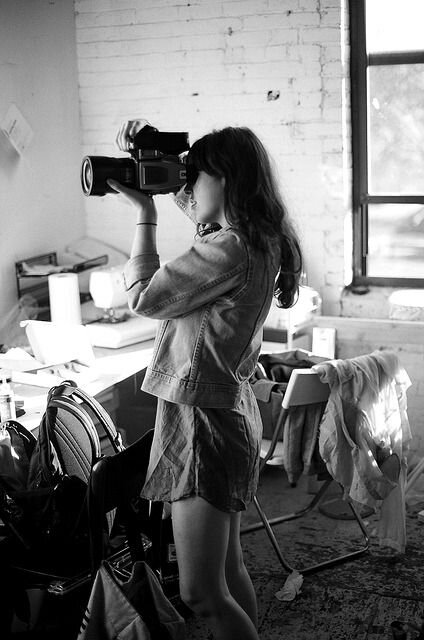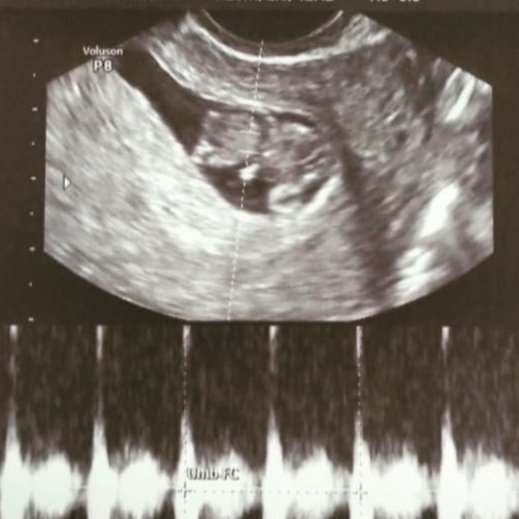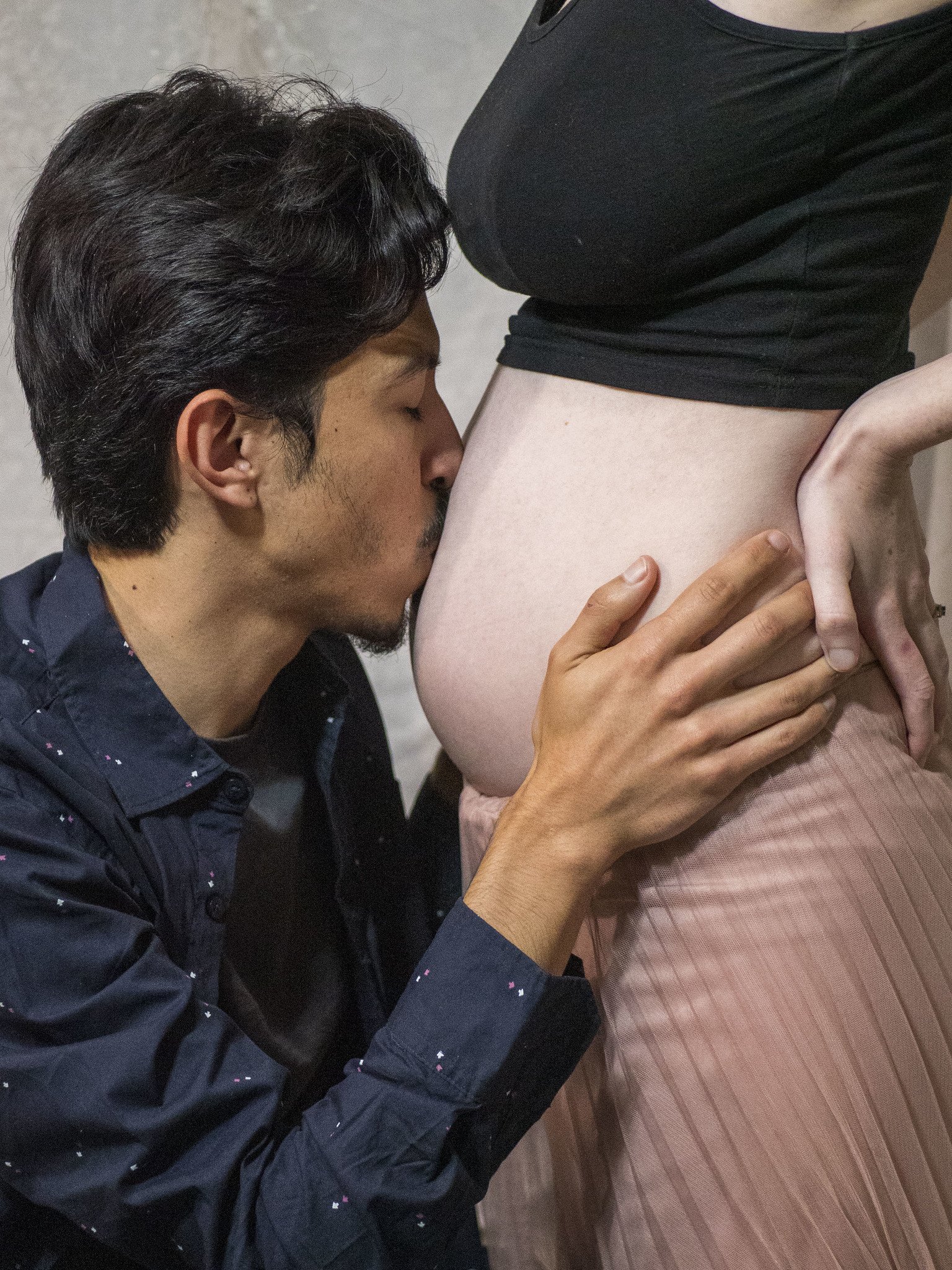One of the reasons that I initially I didn’t plan on making children was that I knew that bringing a new human into the world is one of the least environmentally-friendly things you can do in your life. Studies show that having one less (or no) child reduces your annual C02 emissions by 58.6 tonnes, which is more than if you were to recycle, be car-less, or use renewable energy. Every person on the planet uses the planets limited resources and contributes to greenhouse gasses. With everything I do to try to live as sustainable and eco-friendly life as possible, how could I justify doing something that I know has such a huge impact on the environment? I couldn’t. My logic was that for me, personally, it would be a purely selfish decision, I don’t NEED to create a baby, if I had felt a strong urge calling me to care for a child (which I didn’t anyway) I could open my life and my home to any of the many children in the foster care system. Therefore, I felt, that it would be better if I didn’t produce a biological child of my own.
So, now that I’ve found myself unexpectedly pregnant and preparing to raise a child, what can I do?
Take climate-positive action
I recently found a company called Ecologi (not sponsored), who, through a monthly subscription, help you offset your carbon footprint by planting trees and supporting carbon offsetting projects on your behalf (including providing hydro, wind, and solar power to communities around the world. ) There are individual and family plans, to account for the number of people in your home. I know that this alone is not enough, but I definitely think it’s a very helpful step, and at least (selfishly) helps me feel a little better about it all.
Buy and consume sustainably
Babies need things that most childless adults do not already own, like baby clothes, bottles, nappies, etc. Which means that when you’re preparing to welcome a new baby or child into your home you will inevitably need to buy things. Buying new things is kind of the opposite of the “sustainable living” philosophy. Especially things like plastic toys, disposable nappies and wipes, and children’s clothes, because they are only useful for a limited time, but end up spending hundreds or more years in landfill polluting the planet. So, to sustainably get everything the baby will need I’m trying to 1. buy/get as many items as possible second-hand, 2. buy anything else from environmentally responsible sources/ made from sustainable materials or 3. buy things with as long a life as possible (can be repurposed as needed with time) as to not contribute to unnecessary waste.
I’m lucky that my sister and cousins have had kids in the last few years and have always been kind enough to hand down things like clothes and strollers to whoever gets pregnant next, and my mum has faithfully stored these things in the off chance that I or anyone else would need them one day. So, that immediately takes a lot of pressure off the need to buy most newborn essentials. There are also a lot of great online marketplaces like Etsy (affiliate) where I can look for preloved items that I don’t have. In terms of furniture, I would have loved one of those bedside co-sleep bassinettes, but a baby can only sleep in them until 6 months, so it’s a short-lived product that I’d no longer use. Instead, I’ve been looking at adaptable wooden cots that can be modified for newborns, bigger babies, turned into a toddler bed, then into a day bed or couch, so that we can get many years worth of use out of it. For toys, we’re planning to keep it minimal. Other than gifts and hand-me-downs we’re only planning to have a handful of things that can be rotated in and out of use as the baby shows interest in them. I’ve been looking at things made from wood, crochet, or other sustainable materials that can see a baby through many stages of development. And for the nappy problem, I’m planning to use a combo of eco-friendly disposable nappies for the very early days, then move onto reusable ones, and then follow evacuation communication techniques to potty-train before they’re 1, so that we use as few nappies and wipes as possible.
Model eco-friendly lifestyle choices
More than just the things we buy, I want to be conscious about the daily choices we make in our life. I’m vegan, and my husband is plant-based, so naturally the baby will be raised plant-based until they’re old enough to make the decision to become vegan, stay plant-based, or become an omnivore. By that I mean, I plan to breastfeed for the first 2 years (or as long as I can until then) and provide the baby with baby-friendly versions of whatever it is that I cook for us at home. I plan to grow as much of our own produce as we can, upcycle and repurpose whatever we can, and include the child in as many household activities as possible so they learn how to “reduce, reuse, recycle” and “make, do, mend”. I plan to involve them in the activism work I do, like making free food to share with the community, or visiting animal sanctuaries and caring for rescue animals. I plan to teach our child about why we eat the way we do, why we use certain products, or why we avoid certain things. My hope is that if they grow up doing these things, learning these skills, and knowing the positive and negative impacts we can all have on the world, then when they go off on their own, they’ll continue to make eco-friendly choices and reduce their environmental impact too.
Now, I want to put a disclaimer saying that I AM NOT PERFECT! This plan/method is not going to be perfect! There is no way for me to be 100% sustainable and have zero negative impact, the majority of us will never be able to achieve that goal for as long as we have to exist in modern, capitalist society. However, my goal with this, as with all things, is to do my best and do as little harm as is practicable and possible in each situation. I never seek to shame or criticize other people for their choices or lifestyle as I don’t know anyone’s personal circumstances, and I know there’s a million reasons why something may or may not be possible for each person. I just try to share my personal experience or things that I’m learning in the hope that someone might find it interesting, or relatable, or useful.














